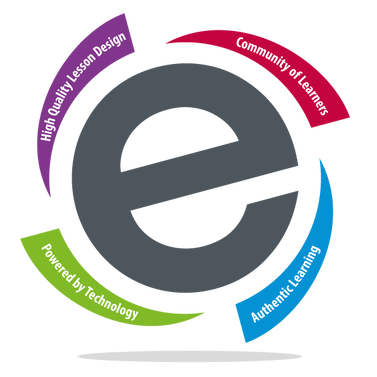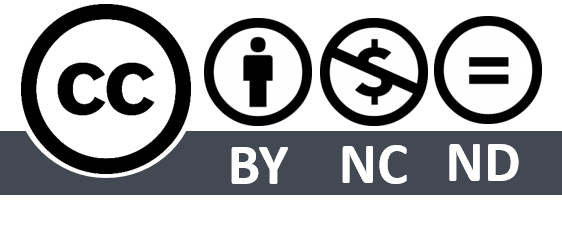Journey Summary
This session focuses on how digital-age learners and information problem-solvers determine the difference between reliable information and “fake news.” During this session, you will collect strategies for teaching students how to analyze digital materials and tools to become savvy consumers of information, including the use of artificial intelligence.
Curriculum-framing Questions
Essential Question
- How might media affect our lives?
Unit Questions
- How might analyzing and evaluating digital information promote media literacy?
Content Questions
- What is media literacy?
- What tools might you use to evaluate digital information?
- What standards might support students in developing media literacy skills?

Introduction
The volume of digital information and “fake news” is on the rise, in part, due to the increased use of social media. Digital-age learners need to be able to evaluate and analyze information for accuracy, validity, bias, credibility, and relevance to become savvy consumers of information. In this session, we will locate tools, processes, and standards that support students in developing fluency in analyzing and evaluating digital information and media, including artificial intelligence.
Theory Behind Practice
All eMINTS materials are grounded in research-based best practices in K-12 education.
Digging Deeper
Agenda
- Opener: AI vs. HI Information T-Chart
- Exploring Digital Media Literacy
- Brain Break: Deep Fake Contest
- Critical Thinking & Media
- Digital Media Literacy in the Classroom
- Closer: Fortune Cookie

Classroom Visit w/Students
Ask your facilitator to assist you in recording a segment of a lesson you are teaching that supports digital media literacy. After reviewing the recording, engage in a reflective conversation with your facilitator. Your facilitator can also provide assistance or an extra set of hands as students begin to practice skills or curate information about digital literacy. You might also ask your facilitator to model or co-facilitate a lesson or activity that supports students in analyzing digital media to support learning.
Classroom Visit w/out Students
Review the needs assessment, action plan, or infographic that was developed during the session and discuss with your facilitator the effectiveness of these practices and how the activities might be adjusted to meet the needs of your students. You might also ask your facilitator to help you develop lessons and/or activities to support students in developing media literacy skills.
After you have taught a lesson or activity that engaged students in analyzing digital media, it may be beneficial to have a reflective conversation with your facilitator to discuss insights on the experience.

 Images Courtesy of
Images Courtesy of